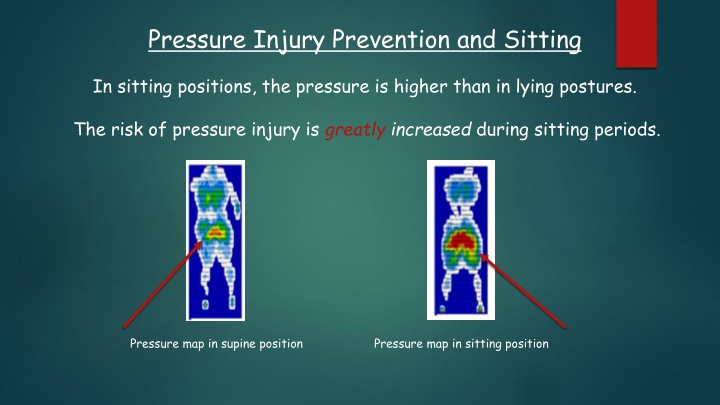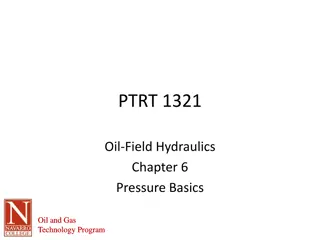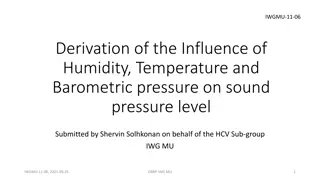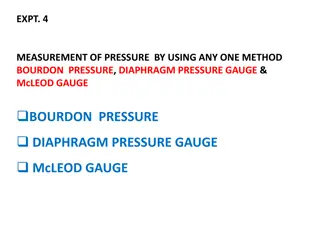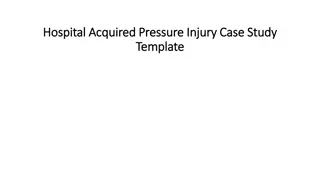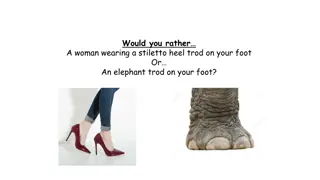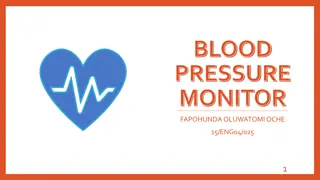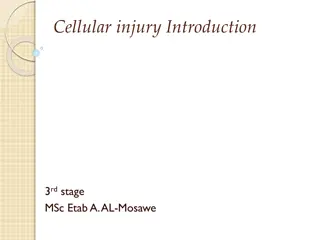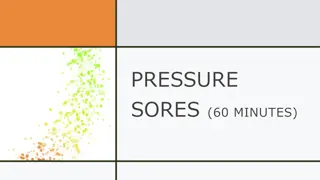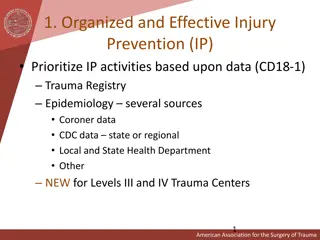Pressure Injury Prevention and Sitting
Sitting positions pose higher pressure levels than lying postures, leading to an increased risk of pressure injuries. Proper prevention and awareness are critical during extended sitting periods to mitigate this risk and protect against potential harm.
Download Presentation

Please find below an Image/Link to download the presentation.
The content on the website is provided AS IS for your information and personal use only. It may not be sold, licensed, or shared on other websites without obtaining consent from the author.If you encounter any issues during the download, it is possible that the publisher has removed the file from their server.
You are allowed to download the files provided on this website for personal or commercial use, subject to the condition that they are used lawfully. All files are the property of their respective owners.
The content on the website is provided AS IS for your information and personal use only. It may not be sold, licensed, or shared on other websites without obtaining consent from the author.
E N D
Presentation Transcript
Pressure Injury Prevention and Sitting In sitting positions, the pressure is higher than in lying postures. The risk of pressure injury is greatly increased during sitting periods. Pressure map in supine position Pressure map in sitting position
All patients who have chair orders -and- Have a sacral or ischial pressure injury Cannot lift themselves in chair enough to adequately reposition independently Or can reposition themselves but won t because of pain, dementia, etc DO: DON T: Apply Mepilex foam to coccyx Use chair air cushion under patient NO donuts or pink foam cushions. Maintain proper alignment Do not let patient slide or slouch Shift weight side to side while in chair (q15 min if able) Leave patient up for more than 2 hours if possible Encourage family participation Stand patient q 1 hour if possible Limit time up to 2 hours per session (or 1 hour if patient has a sacral or buttock pi)
YES NO If chair does not recline, sit patient upright with feet on the ground. Maintain proper position and alignment in chair. Slouched or slid-down postures create significant increases in pressure. YES NO If chair reclines, lean patient back and elevate legs on a rest. Preferred chair position if pt has ischial pi. Do not sit patient upright with feet elevated
Standard cushion PMM 1782 Bariatric cushion PMM 89576
